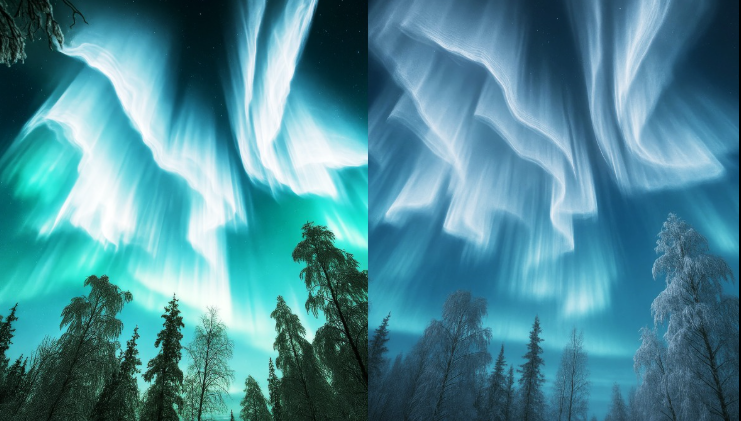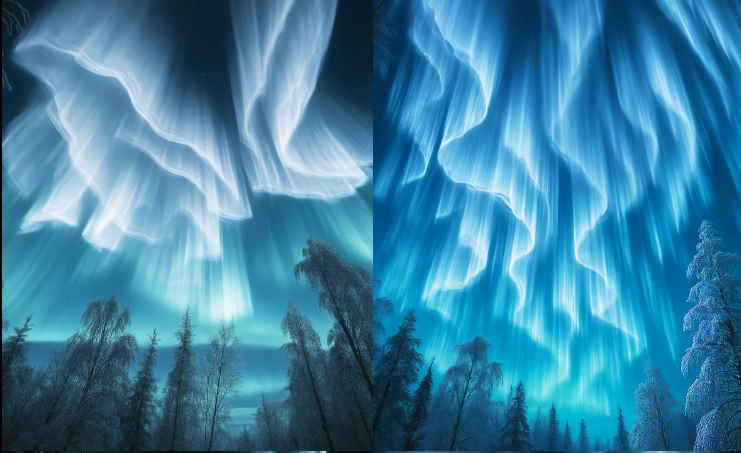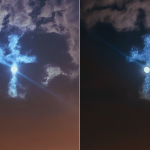The Spectacular Rise of White Auroras Over Finland: A Rare Natural Wonder

On the evening of Thursday, June 19, 2025, a breathtaking and exceedingly rare natural phenomenon captivated the skies above Finland, leaving residents and visitors in awe. The elusive ‘White Auroras,’ a variant of the more commonly observed Northern Lights, illuminated the night sky with an ethereal, predominantly white glow, contrasting strikingly against the snow-draped forests and frozen landscapes. Spotted just after 9:00 PM local time, this extraordinary event marked a significant moment for both scientists and sky-watchers, offering a rare glimpse into the dynamic interplay between solar activity and Earth’s atmosphere. As the world awakens to this stunning display on Friday, June 20, 2025, the phenomenon continues to spark wonder and curiosity.
A Rare Celestial Display

The Northern Lights, or Aurora Borealis, are typically known for their vibrant hues of green, purple, and pink, caused by charged particles from the sun colliding with gases in Earth’s atmosphere. However, the ‘White Auroras’ observed over Finland last night deviated from this norm, presenting a predominantly white luminescence that baffled and delighted onlookers. This rare occurrence is attributed to an unusual combination of atmospheric conditions, including heightened solar wind activity and a specific density of nitrogen and oxygen particles at higher altitudes. The result was a ghostly, almost otherworldly glow that transformed the Finnish night sky into a canvas of shimmering white light.
Photographs and videos circulating on social media captured the auroras cascading across the horizon, their soft radiance reflecting off the snow-covered trees and creating a surreal, dreamlike scene. The event was particularly striking in regions like Lapland, where the dark winter skies provided a perfect backdrop for this celestial spectacle. Locals reported that the auroras appeared to dance and ripple, their white tendrils stretching toward the stars, an uncommon sight that stood in stark contrast to the more familiar colorful displays.
The Science Behind the White Auroras

Scientists suggest that the white appearance of these auroras results from a rare alignment of solar and atmospheric factors. Typically, the Aurora Borealis emits light in the visible spectrum due to the excitation of nitrogen and oxygen molecules, producing the characteristic green and purple colors. However, when solar particles interact with a denser layer of the atmosphere or under specific geomagnetic conditions, the emissions can shift toward the ultraviolet and near-infrared ranges, which the human eye perceives as white. This phenomenon is exceptionally rare because it requires a perfect storm of solar flares, coronal mass ejections, and atmospheric composition—conditions that aligned unusually on the night of June 19.
The timing of this event coincides with an active period in the current solar cycle, which peaks around 2025. Space weather experts had forecasted increased auroral activity, but the predominance of white light caught many by surprise. Researchers from the Finnish Meteorological Institute are already analyzing data from satellites and ground-based observatories to better understand this anomaly, with preliminary findings suggesting it may be linked to a powerful geomagnetic storm that swept through the region.











